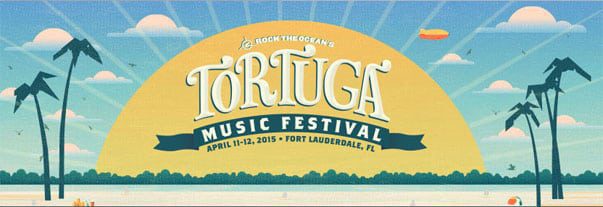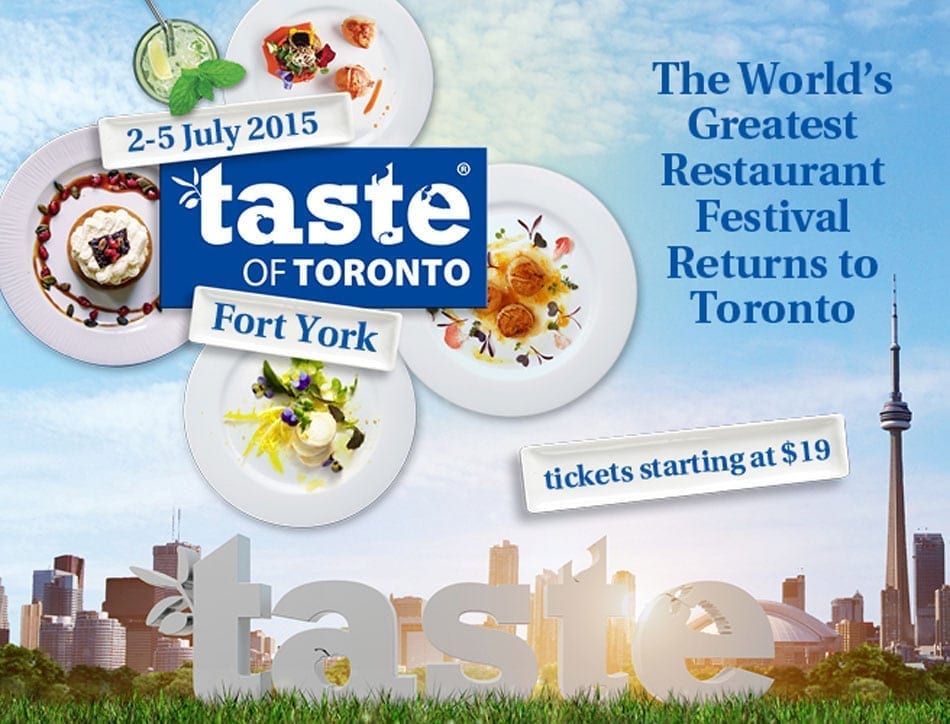The city of Chicago has one of the most thriving summer festival scenes in the United States. On any given weekend, neighborhoods will be brought together in collective rejoice around eating, drinking, or dancing as they make the most of the city’s few short months of great weather. This past weekend, Chicagoans were spoiled with Green Music Fest, Old Town Art Fair, Ribfest and EDM monolith Spring Awakenings all happening across town, drawing a mixture of locals and tourists. But the biggest event by far was downtown’s annual and longstanding Chicago Blues Festival. Since launching in 1984, one year after the death of seminal blues artist and proud local Muddy Waters, the three-day festival has become the biggest blues festival in the world, as well as the biggest music festival in Chicago. This year, the Blues Festival drew around 500,000 people to its new home of Millennium Park, and was headlined this year by Billy Branch and the Sons of Blues, Rhymefest, John Primer and The Real Deal, and Nellie “Tiger” Travis. We had a fantastic time at Chicago Blues Festival, and here are five reasons why we believe it deserves to be celebrated as one of the best public festivals in America.
#ChiBluesFest starts today! New location in @Millennium_Park. Great #music & fun starts at 11a. #FREE! https://t.co/QVLMJNBE6G pic.twitter.com/1WNv47ttNj — eVisitorGuide (@eVisitorGuide) June 9, 2017
It’s Free!
While festivals like EDC, Coachella or Sundance will put considerable strain on your purse strings, the average local festival is by no means cheap. All-in, a three-day festival can run into the hundreds, often thousands of dollars, so to have a rich music and cultural experience be offered for free was a real treat.
Diversity
Chicago itself is a hugely diverse city, and with blues music finding its roots in the African-American community, there was a lot more racial diversity than you tend to find at typical music festivals. There was a similarly broad age range too, with all members of society of largely represented at the event. It’s been a persistent challenge for the festival community to broaden its audience pool and to embrace diversity, and when you are at an event that genuinely achieves it, you can sense the potential for festivals as really valuable public celebrations.
Utilizing Public Space
Except perhaps for Detroit’s Hart Plaza, you won’t find many more public spaces so well suited to throwing a major urban festival than Millennium Park. The ambitious—and staggeringly expensive—civic project was completed in 2004 and welcomed the Blues Festival for the first time this year. With simple and efficient public transportation access, ample bathrooms, wide open entries and exits, the park was made for an event of this scale and format. There were four stages compact into a tight, accessible space, with minimal sound bleed and plenty of shade. But the real jewel in the park’s crown is Frank Gehry’s staggering Pritzker Pavilion bandshell, which was used as the main stage. Millennium Park—which also boasts the Art Institute of Chicago and the famous Cloud Gate sculpture (aka The Bean)—is one of America’s most celebrated architecture projects, and it’s a delight to see some 500,000 people interacting with it.
Relaxed Atmosphere
All around the festival site, families took sanctuary from the sun under trees and listened to the grizzled blues bands shuffle through their jukebox. The festival’s relaxed, joyful atmosphere was very different from typical music festivals, and that likely stems from its status as a free event for a wide demographic of people. The security was present if not always visible, which is probably the perfect balance for an event like this. Open container laws had been mercifully relaxed, and people were drinking beer and wine responsibly and having a good time.
Not a bad day in the Windy City #ChicagoBluesFestival pic.twitter.com/4SwyMQBoIT — John Merrill (@LongJTM) June 10, 2017
Well Curated Partners
This year the festival’s flagship commercial partners were Budweiser and Southwest, with local brewery Goose Island, the Chicago Tribune, Visit Mississippi and CTA (Chicago Transit Authority) all having a footprint either in branded activations or shifting product. While there’s little remarkable these days about an aggressively branded Budweiser stage (and oh boy did they brand it out…), Southwest set up a songwriting workshop in the back of the Blues Village Stage, and did a great job of integrating itself into the context of its location. Elsewhere, there were info desks aimed at preserving the culture and passing it on to the next generation.]]>


